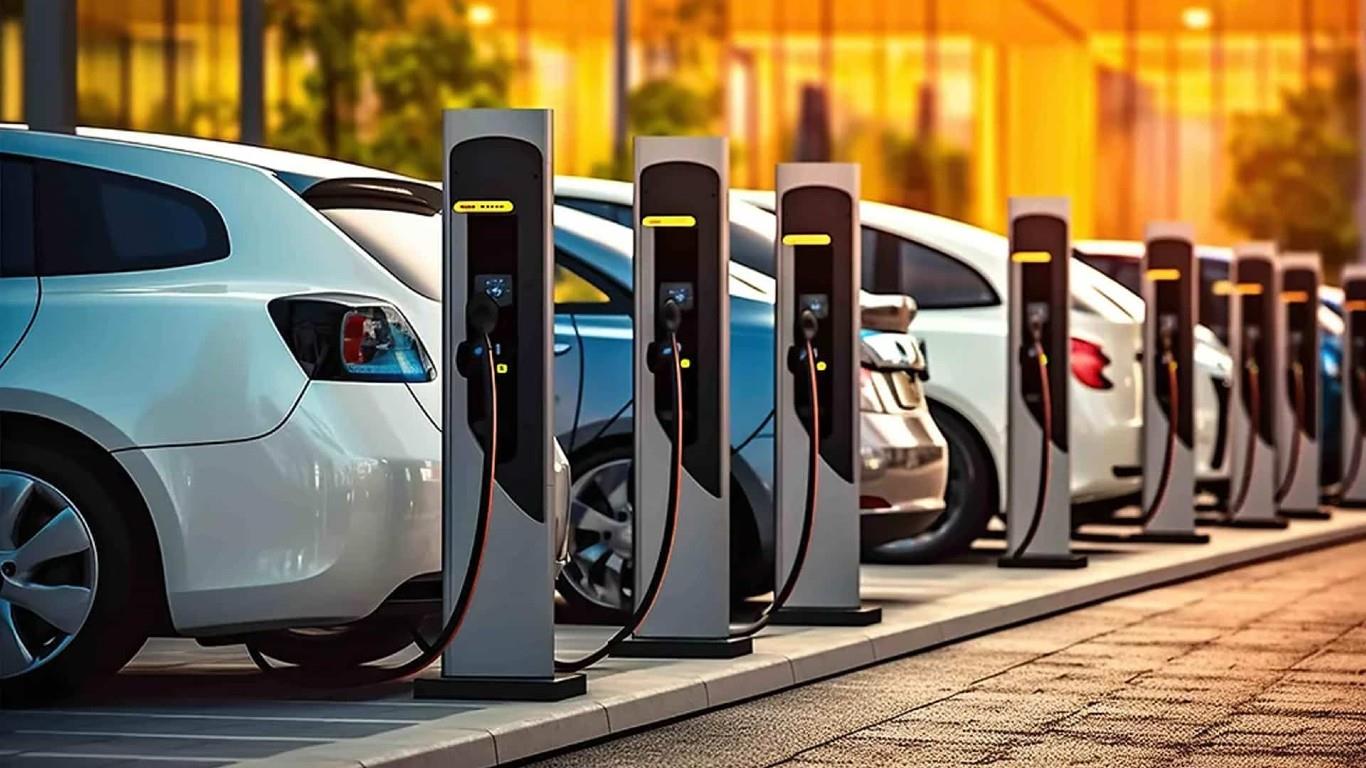
ICRA Predicts EV Growth Of Up To 40% In Public Transportation By 2030
According to recent estimates by credit rating agency ICRA, electric vehicle penetration in the public transport segment is projected to reach 30-40 percent by fiscal year 2030, marking a significant shift in the nation's transportation landscape.
The central government has implemented various initiatives to support this transition, notably the PM e-Bus Sewa scheme.
The transformation is further bolstered by government subsidies, reduced ownership costs, expanding OEM portfolios, and demand aggregation by government-backed entities.
Technological advancements and declining electric battery prices are also contributing to this shift.
Current electric vehicle penetration remains modest across segments, with e-buses at 7 percent, electric three-wheelers (e3Ws) at 9 percent, and electric light commercial vehicles (e-LCVs) showing minimal adoption in FY24.
However, ICRA forecasts substantial growth by 2030, with e3Ws leading at 40 percent penetration, followed by e-buses at 30 percent, and e-LCVs at 12-16 percent.
Additionally, electric two-wheelers and cars are expected to achieve 25 percent and 15 percent penetration, respectively.
The automotive component sector is preparing for this transition with projected capital expenditure of Rs 25,000-30,000 crore in FY26. These investments will focus on capacity expansion, localisation efforts, and technological advancement, particularly in EV development.
While current EV supply chain localisation stands at 30-40 percent, with significant progress in components like traction motors and control units, battery cells-comprising 35-40 percent of vehicle cost-remain entirely imported.
According to Vinutaa S, Vice President and Sector Head of Corporate Ratings at ICRA Limited, while exports may face challenges due to subdued vehicle registration growth in target markets, new opportunities are emerging.
These include increased supplies to new platforms driven by global OEMs' vendor diversification initiatives and higher value addition through increased outsourcing.
The agency anticipates that parts for electric two-wheelers and passenger vehicles will lead the electrification trend in ancillaries.
Furthermore, India could capitalise on metal castings and forgings opportunities arising from plant closures in the European Union due to viability issues, while the growing aftermarket sector is expected to boost replacement segment exports.
(KNN Bureau)
Legal Disclaimer:
MENAFN provides the information “as is” without warranty of any kind. We do not accept any responsibility or liability for the accuracy, content, images, videos, licenses, completeness, legality, or reliability of the information contained in this article. If you have any complaints or copyright issues related to this article, kindly contact the provider above.






















Comments
No comment